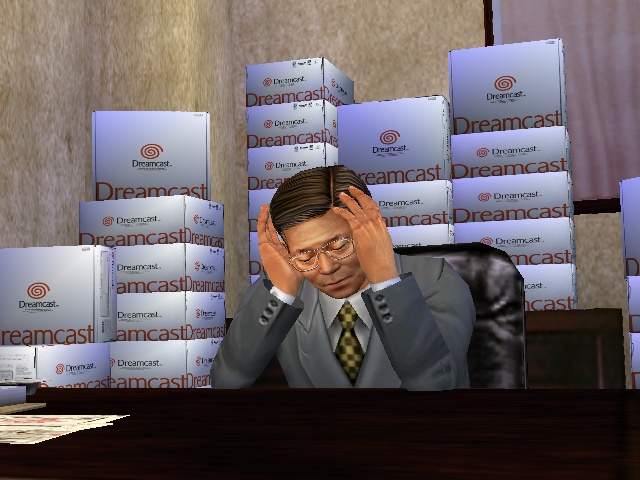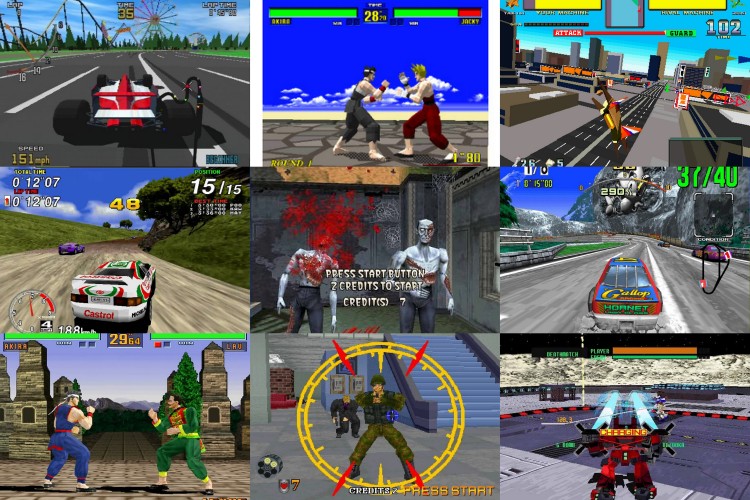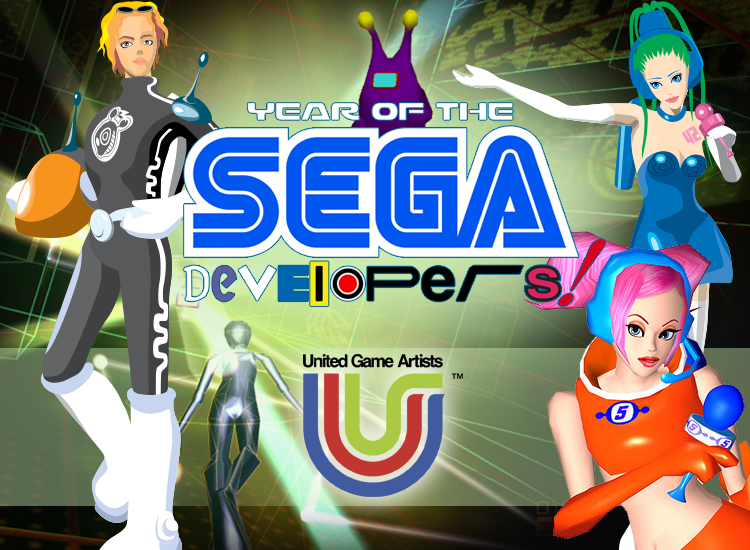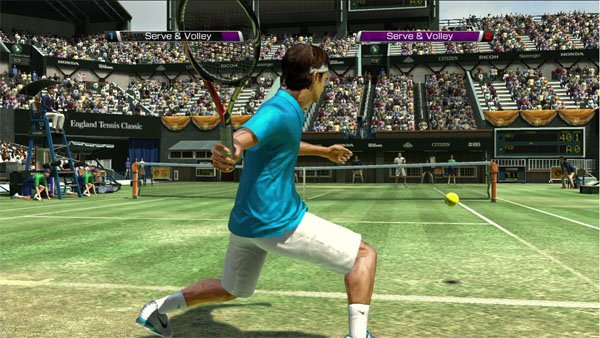SEGA Talk Podcast #12: Crazy Taxi (1999)
We’re back! SEGA Talk turns its high beams on and takes a closer look at SEGA AM3’s classic arcade and Dreamcast game Crazy Taxi. Despite its seemingly simplistic premise, Crazy Taxi offered up a lot of depth and has seen a long and successful history as a franchise with games still being released as of 2017. What are our memories of the game? What was the development history? How do the in-game cabbies compare to real life cab drivers? All this and more is talked about on SEGA Talk!
[iTunes – Stitcher – YouTube – Play Music – RSS – Download]
If you want to give us feedback, suggest a topic for the next podcast or want to ask a question for us to answer on the next episode you can add them as a comment below or send theme directly to our email. Make sure you use subject line ‘SEGA Talk’ and as always, thanks for listening!




